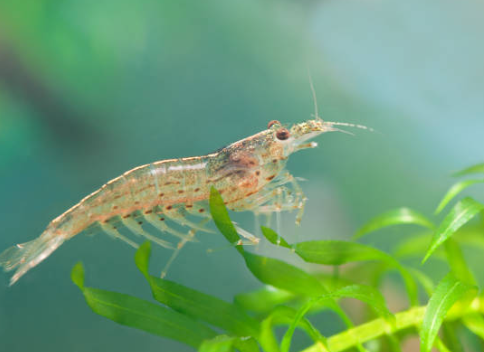Cocaine in shrimp? A joint study conducted by King’s College London and the University of Suffolk has uncovered a startling level of contamination in the U.K.’s freshwater ecosystems. Researchers discovered that every single sample of freshwater shrimp collected from rivers in Suffolk County contained trace amounts of cocaine.
The study, published in the journal Environmental International, aimed to assess the impact of consumer products—both legal and illegal—on aquatic wildlife. The findings point to widespread pollution in the region’s waterways, including not only cocaine in shrimp but also other substances such as ketamine, valium, Xanax, pesticides, and various pharmaceuticals.
“Such regular occurrence of illicit drugs in wildlife was surprising,” said Dr. Leon Barron of King’s College London. “We might expect to see these in urban areas such as London, but not in smaller and more rural catchments.”
Samples were collected from 15 sites across five Suffolk rivers: the Alde, Box, Deben, Gipping, and Waveney. Cocaine was the only substance detected in all shrimp samples.
While the levels found were low, researchers emphasized the potential long-term environmental risks. “Although concentrations were low, we were able to identify compounds that might be of concern to the environment and crucially, which might pose a risk to wildlife,” said lead author Thomas Miller.
The unexpected presence of cocaine in shrimp has prompted questions about how such pollutants are entering the waterways. Dr. Barron noted that some of the pesticides found have been banned in the U.K. for years, complicating efforts to trace their sources.
Professor Nic Bury from the University of Suffolk underscored the importance of further research. “Whether the presence of cocaine in aquatic animals is an issue for Suffolk, or more widespread an occurrence in the U.K. and abroad, awaits further research,” he said.
As awareness grows around issues like microplastic pollution and climate change, scientists are calling for greater attention to so-called “invisible” pollutants such as drug residues in the environment. The discovery of cocaine in shrimp is a clear sign that even remote water systems are not immune to human impact.
Policy responses remain uncertain as more data is needed to determine the true risks and possible mitigation strategies.
Want more weird news? We’ve got you covered.

